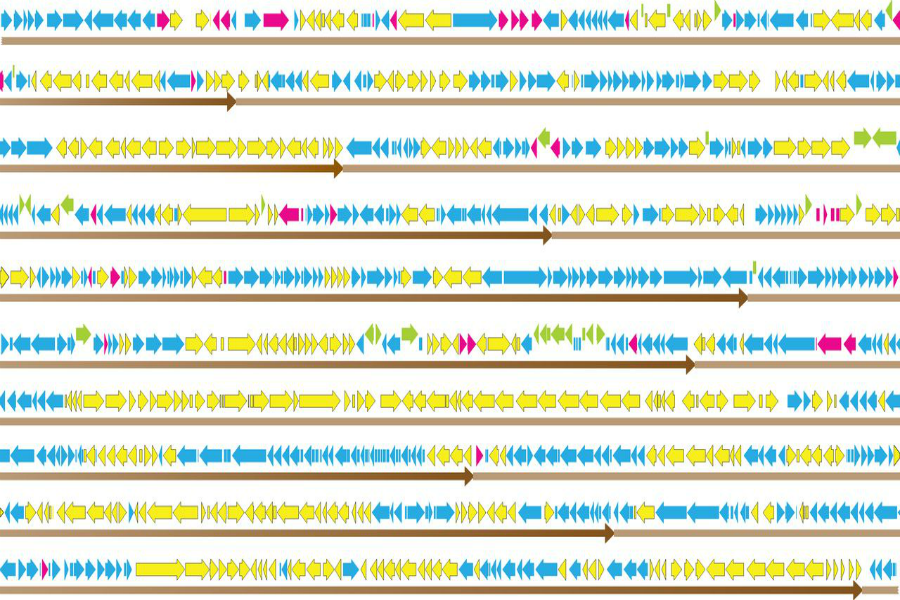Scientists identify minimum set of genes needed for life
Loading...
As part of an effort to understand the function of every gene in a cell, a team of researchers has culled the DNA of a bacterium to determine the minimum number of genes it would take for the organism to survive and reproduce in a petri dish.
In a paper published in Science on March 25, the researchers, headed by genomics pioneer J. Craig Venter, reported that their cell survived and reproduced with only 473 genes, which is the smallest genome of any organism found in nature. The human genome, in comparison, has between 19,000 and 25,000 genes.
"We want to understand every component in a living cell," said Dr. Venter, founder of the J. Craig Venter Institute, a nonprofit genomics research organization, and Synthetic Genomics, a biotech company, both in San Diego. "We're just trying to understand the basic components of life," he told The Washington Post.
Despite the bare-bone genetics of the new organism, dubbed Syn 3.0, the researchers report that they still do not understand the function of about a third, or 149, of its genes. Geneticists will have to study those genes next.
“One of the great findings, but also the great caveats of this work, is that it allowed them to discover how much we don’t know, even about the core sections of the genome,” said Adam Arkin, director of the Berkeley Synthetic Biology Institute at the University of California in Berkeley. Dr. Arkin was not among the paper’s authors.
The genesis of this work dates back to 2010, when Venter and his team first synthesized the chromosome of one bacterium and inserted it into another species, thereby replacing the host species's DNA. The result was named Syn 1.0, a microbial cell that was able to replicate and make a new set of proteins, powered by its synthetic genome.
This was an important milestone in synthetic genomics, and a hard-won accomplishment that cost $40 million, and the effort of 20 people working for more than a decade, as Science reported at the time.
In the ensuing years, Venter and his team tinkered with Syn 1.0, which had 905 genes. They whittled away those that appeared to be non-essential to life and boosted others that appeared to have critical functions.
“In the end, Venter says, his team built, designed, and tested ‘multiple hundreds’ of constructs before settling on Syn 3.0, with a genome about half the size of Syn 1.0’s,” wrote Robert F. Service in Science.
There was also Syn 2.0, which had fewer genes than the bacterium Mycoplasma genitalium, which has 525 genes, making it nature’s smallest genetic organism.
“This new work isn’t a milestone in terms of manipulation – other people have made minimal genomes in the past. Nor have they introduced a new method of genetic engineering – people have put synthetic DNA into cells before,” said Christopher Voigt, professor of biological engineering at the Massachusetts Institute of Technology.
“But this concept of reorganizing what’s already there to make it simpler to understand and easier to manipulate is a new thing, and points to a future,” explained Dr. Voigt, who was not an author on this paper.
Better understanding the building blocks of life has applications in medicine, biofuels, and agriculture.
As the Post explains, Venters Institute is working on the prototype of a device that can transmit around the globe digital translations of DNA, “allowing for a sort of 3-D printer that spits out tailor-made vaccines, proteins, and microbes on demand.”
Astronauts to Mars one day might be able to map the genomes of microbes found on the planet, and send them back to scientists on Earth who could then recreate them in the lab and begin to study them before the astronauts even come home.





